In the heart of bustling cities, where concrete often overshadows greenery, a quiet revolution is taking place. Architects, urban planners, and environmentalists are increasingly turning to vertical greening as a solution to combat the loss of biodiversity. Among the most innovative and impactful elements of this movement are insect hotels—structures designed to provide shelter and breeding grounds for pollinators and other beneficial insects. These tiny habitats are becoming essential in urban ecosystems, fostering biodiversity while enhancing the aesthetic and ecological value of buildings.
The concept of insect hotels is not entirely new, but their integration into vertical gardens is a relatively recent development. As cities expand, natural habitats for insects—such as meadows, forests, and wetlands—are disappearing at an alarming rate. This loss threatens not only insect populations but also the broader ecosystems that rely on them. Bees, butterflies, beetles, and other pollinators play a critical role in plant reproduction, which in turn supports food chains and human agriculture. Without them, urban green spaces would struggle to thrive.
Vertical greening, the practice of growing plants on walls or facades, has gained popularity as a way to reintroduce nature into urban environments. These living walls improve air quality, reduce urban heat island effects, and provide much-needed greenery in densely populated areas. By incorporating insect hotels into these structures, designers are taking vertical greening a step further. These miniature sanctuaries offer insects protection from predators, harsh weather, and habitat destruction, creating pockets of biodiversity in otherwise inhospitable urban landscapes.
How Insect Hotels Work
Insect hotels are carefully constructed to mimic natural nesting and hibernation sites. They consist of various materials, such as drilled wooden blocks, hollow stems, pine cones, and stacked bricks, each catering to different species. Solitary bees, for instance, prefer small tubes or holes where they can lay their eggs, while ladybugs seek out dry leaves and bark for shelter. The diversity of materials ensures that a wide range of insects can find a home within these structures.
When integrated into vertical gardens, insect hotels become part of a larger ecosystem. The plants in these green walls provide nectar and pollen, attracting pollinators that then use the adjacent insect hotels for nesting. This symbiotic relationship enhances the overall health of the vertical garden, promoting plant growth and increasing the presence of beneficial insects. Over time, these small interventions can lead to a noticeable increase in urban biodiversity, with more butterflies, bees, and other insects flourishing in areas where they were once scarce.
The Benefits Beyond Biodiversity
While the primary goal of insect hotels is to support biodiversity, their benefits extend far beyond that. For city dwellers, these structures offer a unique opportunity to reconnect with nature. Observing bees buzzing around a vertical garden or spotting a ladybug nestled in an insect hotel can foster a greater appreciation for the natural world, even in an urban setting. This connection is particularly valuable for children, who may have limited exposure to wildlife in cities.
From an architectural standpoint, insect hotels add an element of intrigue and creativity to building designs. They can be customized to blend seamlessly with the aesthetics of a vertical garden or stand out as artistic installations. Some designers have even incorporated educational elements, such as signage explaining the importance of pollinators, turning these functional structures into tools for public awareness.
Moreover, the presence of insect hotels can enhance the ecological performance of green walls. Pollinators contribute to the reproduction of flowering plants, ensuring that vertical gardens remain vibrant and productive. This, in turn, maximizes the environmental benefits of green walls, such as carbon sequestration and temperature regulation. In a way, insect hotels act as catalysts, amplifying the positive effects of vertical greening on urban ecosystems.
Challenges and Considerations
Despite their many advantages, insect hotels are not without challenges. Poorly designed or maintained structures can become breeding grounds for pests or fail to attract the intended insect species. Placement is also crucial—insect hotels should be situated in areas with ample sunlight and proximity to flowering plants to ensure they are useful to pollinators. Additionally, urban environments often expose these structures to pollution and vandalism, which can reduce their effectiveness.
To address these issues, experts recommend involving ecologists in the design process. By selecting appropriate materials and locations, designers can create insect hotels that are both functional and resilient. Regular maintenance, such as cleaning out old nesting materials and replacing degraded components, is also essential to keep these habitats viable. When done correctly, insect hotels can thrive in cities, providing long-term benefits for urban biodiversity.
A Growing Movement
Around the world, cities are embracing the idea of insect hotels in vertical greening. In Berlin, architects have incorporated them into the facades of office buildings, while in Singapore, they are part of lush green walls in public parks. Even smaller towns are joining the movement, installing insect hotels in community gardens and schools. This global trend reflects a growing recognition of the importance of urban biodiversity and the role that small-scale interventions can play in preserving it.
As the movement gains momentum, researchers are studying the impact of insect hotels on urban ecosystems. Early findings suggest that these structures can significantly increase pollinator populations, particularly in areas where natural habitats are scarce. This research is helping to refine best practices, ensuring that future designs are even more effective at supporting biodiversity.
Looking Ahead
The integration of insect hotels into vertical greening represents a promising step toward more sustainable and biodiverse cities. By creating habitats for insects within urban landscapes, we are not only supporting these vital creatures but also enriching our own lives. The sight of a thriving vertical garden, buzzing with life, serves as a reminder that even in the most built-up environments, nature can find a way to flourish.
As more cities adopt these practices, the hope is that insect hotels will become a standard feature of urban design. Whether on the walls of skyscrapers or in community gardens, these small structures have the potential to make a big difference. In the face of climate change and habitat loss, they offer a glimmer of hope—a testament to human ingenuity and our ability to coexist with the natural world.

By /Jul 7, 2025
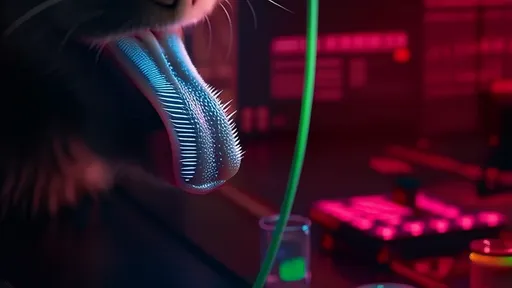
By /Jul 7, 2025
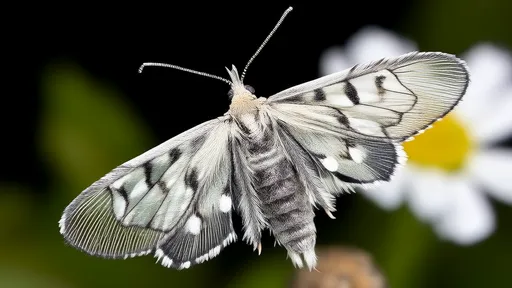
By /Jul 7, 2025

By /Jul 7, 2025

By /Jul 7, 2025

By /Jul 7, 2025
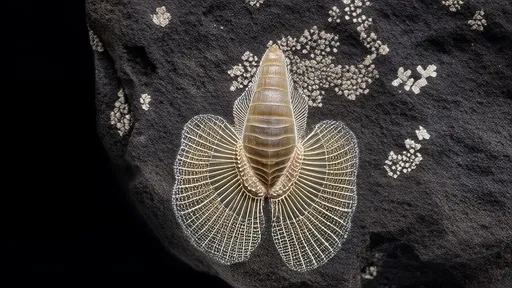
By /Jul 7, 2025

By /Jul 7, 2025

By /Jul 7, 2025
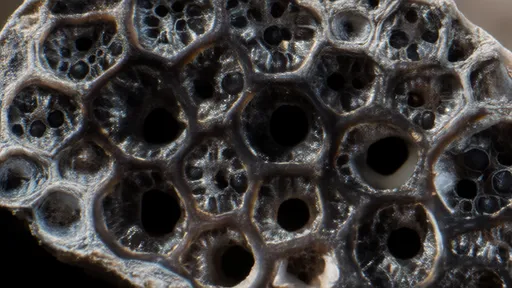
By /Jul 7, 2025

By /Jul 7, 2025
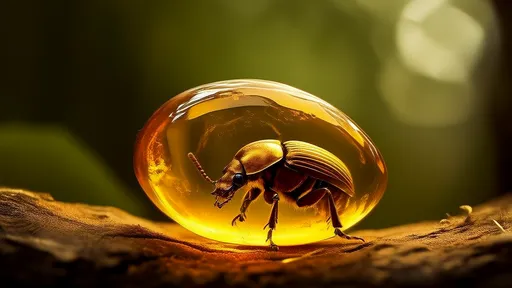
By /Jul 7, 2025
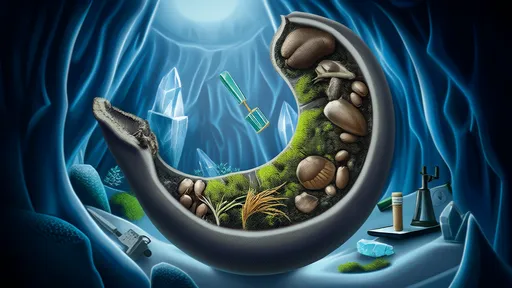
By /Jul 7, 2025

By /Jul 7, 2025

By /Jul 7, 2025
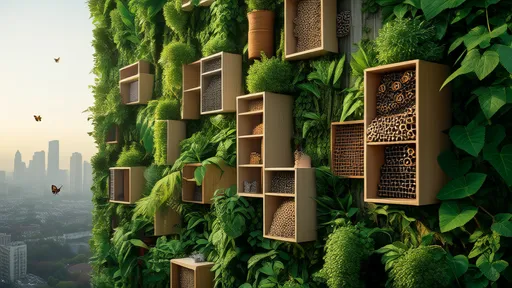
By /Jul 7, 2025
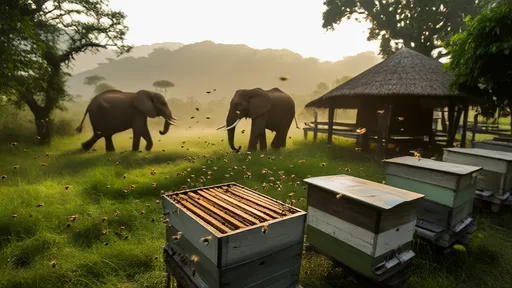
By /Jul 7, 2025

By /Jul 7, 2025